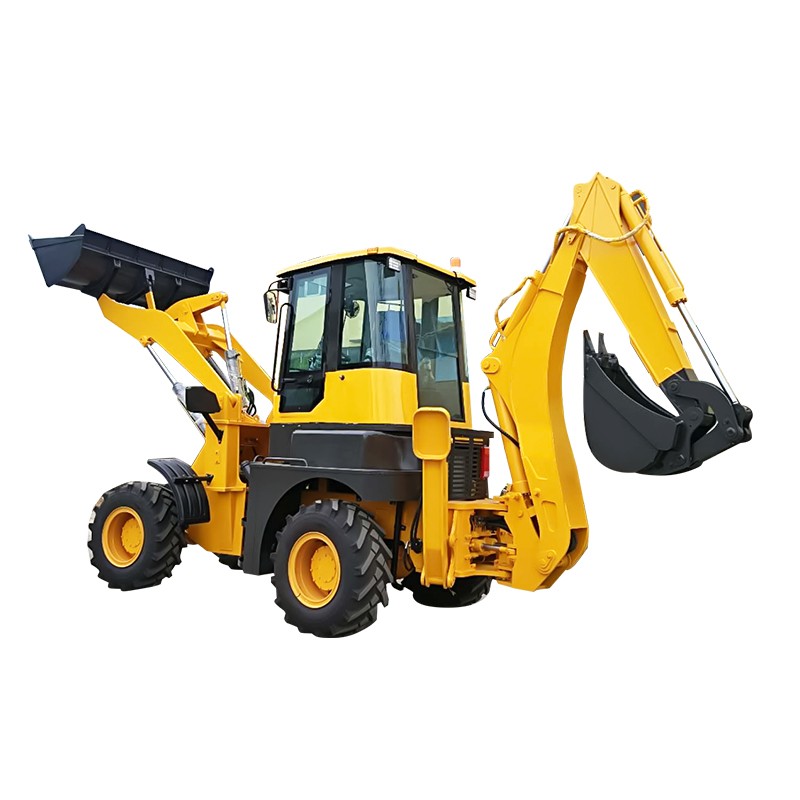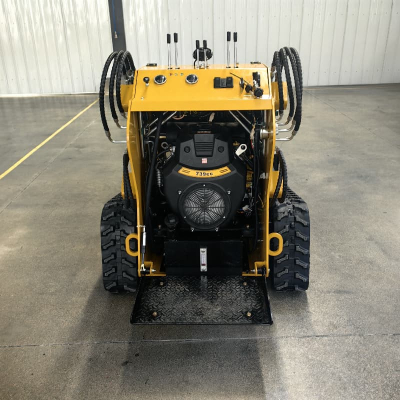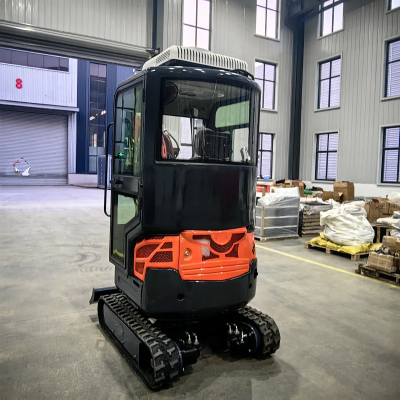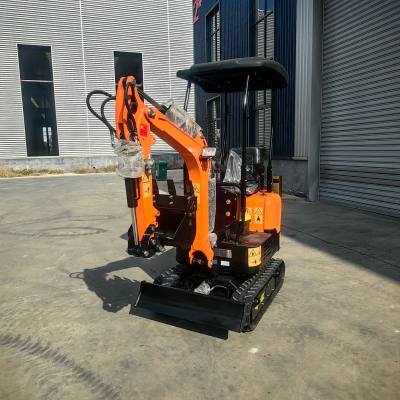Do you know differences between a backhoe loader and an excavator?
Understanding Backhoes and Excavators: Differences and Applications
Backhoes and excavators are two types of heavy machinery commonly used in construction and earthmoving, each with unique structures and functions. Understanding their key features, differences and application scenarios is essential to choosing the right equipment for efficient construction.

Backhoe Introduction
Backhoe is a highly efficient multi-functional excavation equipment, usually mounted on the back of a tractor or front-end loader, named for its reverse operation. Backhoes are widely used to excavate soil, sand, gravel and other materials, especially in construction, landscaping and agricultural projects. Its main functions include digging trenches, clearing debris and lifting materials.
Main features of backhoe:
Articulated Arm: The flexible articulated arm design allows the backhoe to access narrow or hard-to-reach areas for precise digging.
Swivel platform: Most backhoe excavators are equipped with a swivel platform that can rotate 180 degrees, greatly enhancing mobility on the jobsite.
Hydraulic Control: Equipped with an advanced hydraulic system that provides powerful power and precise control to help operators accomplish delicate jobs.
Loader Bucket: In addition to the standard excavation bucket, backhoes are usually equipped with a loader bucket on the front, capable of performing material loading and transportation tasks.
Introduction to Excavators
An excavator (or backhoe) is a piece of heavy equipment designed specifically for deep digging and earthmoving. Unlike a backhoe, an excavator is equipped with a movable arm, a bucket and a bucket, and has a rotating platform called a “house”. Typically used for large earthmoving projects such as urban development, mining and road construction, excavators are popular for their powerful digging depth and working range.
The main features of an excavator:
Moving Arm and Bucket Bar: the moving arm and bucket bar provide powerful digging force and longer working range for deep digging tasks.
Swivel house: The swivel platform of the excavator can rotate freely in 360 degrees, eliminating the need for frequent adjustments of the machine's position and improving operational efficiency.
Tracked or Wheeled: Excavators are available in both tracked and wheeled configurations, which can adapt to different terrain and operating conditions.
Hydraulics: Similar to backhoes, excavators rely on advanced hydraulics to accomplish precise control and ensure efficient operations.
Key Differences Between Backhoes and Excavators
Although both backhoes and excavators perform the functions of digging and earth moving, there are significant differences in their design, function and application areas:
Configuration and structure: The backhoe is usually mounted on the rear of the vehicle and functions similarly to a loader, making it suitable for a wide range of operations. The backhoe is a stand-alone machine with a tracked or wheeled undercarriage and is typically used for more complex and large-scale operations.
Function: Backhoes are known for their versatility, capable of loading and material lifting in addition to digging. Excavators, on the other hand, specialize in large-scale, deep digging tasks for heavy earthmoving projects.
Size and working range: Excavators are typically larger and more powerful, with deeper digging depths and a wider working range for larger projects. Backhoe excavators, on the other hand, are more compact and suitable for maneuvering in tight spaces.
Maneuverability: Backhoe excavators are easy to maneuver in limited spaces thanks to their flexible rotating platform and compact design. Excavators, while having a greater working range, are suited to work on expansive construction sites.
Summarizing
Backhoes and excavators each have their own unique advantages and application scenarios. Backhoes, with their compact design and versatility, are suited for a wide range of small or complex jobs, while excavators show more capability in large earthmoving jobs and deep digging tasks. Understanding the differences between the two can help construction crews choose the most appropriate equipment for the size and needs of their project to improve efficiency and job quality.
As technology continues to advance, backhoes and excavators continue to innovate in terms of performance, precision and environmental friendliness, driving the heavy machinery industry forward. By constantly adapting to new construction requirements, these machines will continue to play an important role in the construction and excavation fields.



